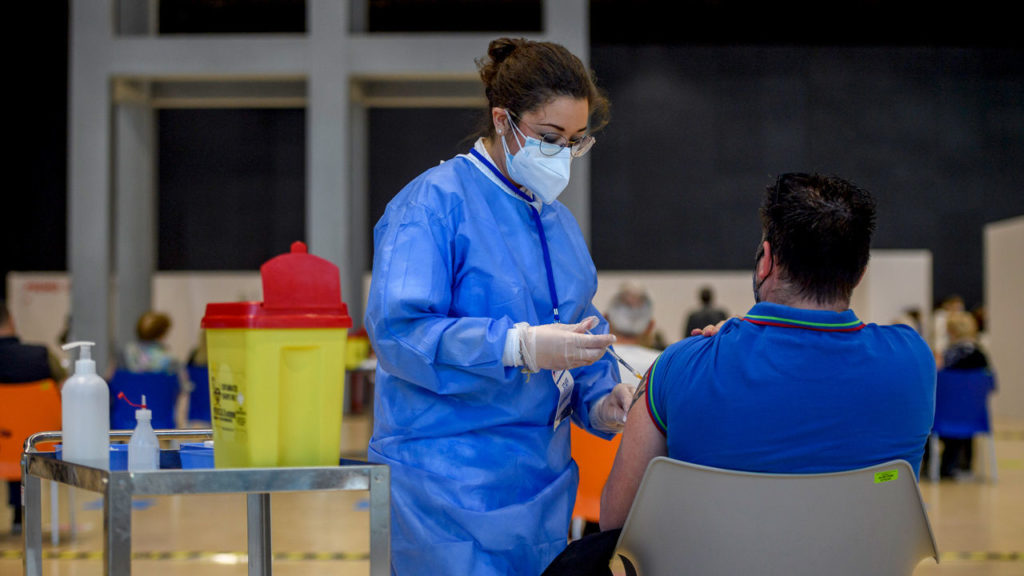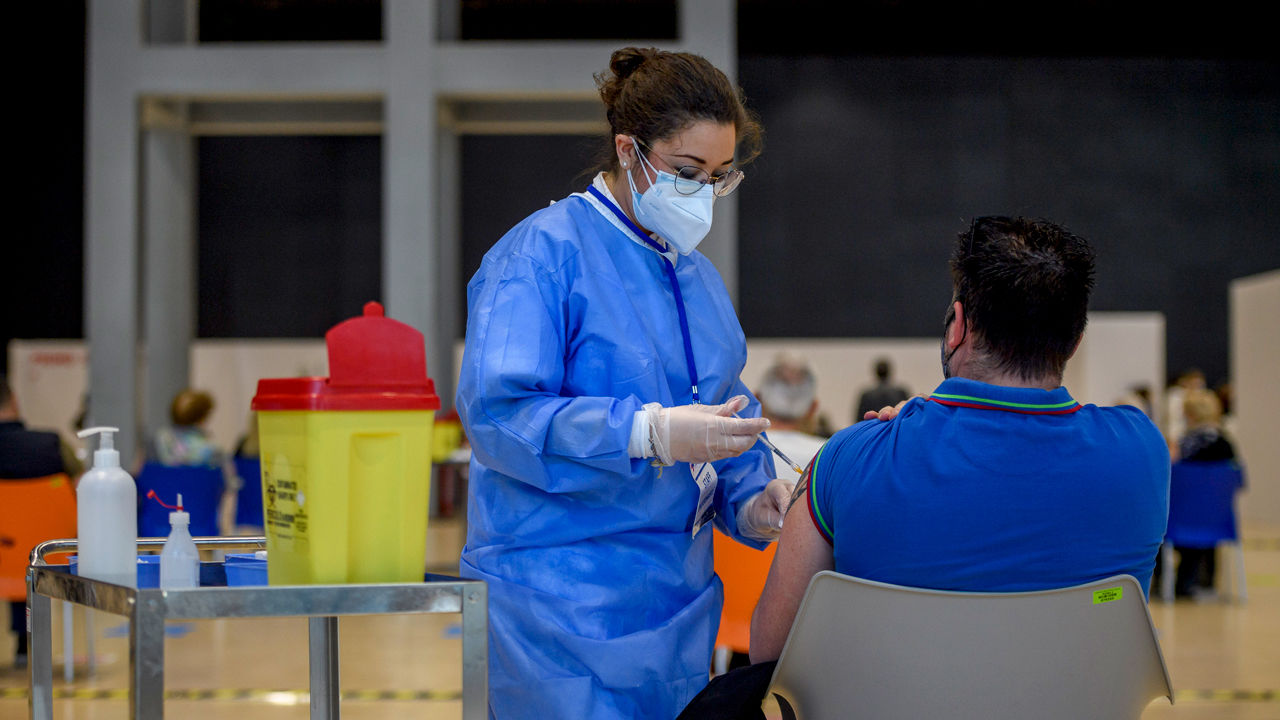By Olivia Heffernan || Staff Writer

As COVID-19 vaccination efforts expand both domestically and internationally, concerns have been raised regarding the Oxford-AstraZeneca vaccine. The vaccine, trade named Vaxevira or Covishield, is currently not available in the U.S. While the vaccine was widely approved for use several months ago, instances of blood clots have caused over 20 countries to pause its distribution. The fear surrounding COVID-19 vaccines has been a recurrent theme, stemming from the vaccines’ incredibly short development time. Although AstraZeneca’s vaccine may seem to some to be dangerous due to it being rushed out of development too soon. Additional studies conducted during this vaccine’s rollout halt have indicated otherwise though.
AstraZeneca published on March 25th their Phase III US trial, which consisted of 32,449 participants, the vaccine was shown to be “well-tolerated, and no safety concerns related to the vaccine were identified.” (AstraZeneca) Additionally, the vaccine was shown to be 00% effective against critical disease and hospitalization and 76% effective in preventing symptomatic COVID-19. This new study lowers the vaccine’s effectiveness in preventing COVID-19 symptoms from the 79% that was reported on March 22nd.
Seeking to further prove the safety of their vaccine, AstraZeneca evaluated the occurrences of blood clots that occurred in the EU and UK prior to March 8th. AstraZeneca reported that among the 17 million people that had received their vaccination, there were 15 instances of deep vein thrombosis, a blood clot in a vein deep under the skin, and 22 instances of pulmonary embolism. AstraZeneca emphasizes that the number of blood clot events related to their vaccine is comparable to other COVID-19 vaccines and is actually lower than typically occurs in the general population. Ann Taylor, AstraZeneca’s Chief Medical Officer stated that “around 17 million people in the EU and UK have now received our vaccine, and the number of cases of blood clots reported in this group is lower than the hundreds of cases that would be expected among the general population.” (AstraZeneca) Additionally, The World Health Organization responded to and supported AstraZeneca in a March 17th statement saying “at this time, WHO considers that the benefits of the AstraZeneca vaccine outweigh its risks and recommends that vaccinations continue.” (WHO) However, they stated that the WHO COVID-19 Subcommittee of the Global Advisory Committee on Vaccine Safety is currently reviewing the latest data regarding the AstraZeneca vaccine, and plans to immediately release their findings to the public upon its conclusion.
Amid this blood clot scrutiny, AstraZeneca is vying to be approved for U.S distribution. Compared to America’s three current vaccines: Moderna, Pfizer, and Johnson & Johnson, AstraZeneca has several disadvantages in becoming a primary vaccine. The first consideration is that AstraZeneca’s 76% to prevent symptomatic COVID-19 is lower than both Moderna and Pfizer’s respective 94% and 95%. Still, the approved Johnson & Johnson vaccine reported similar efficacy to AstraZeneca, with 66% efficacy in the global clinical trial and 72% efficacy in the U.S-specific trial. Secondly, all three vaccines currently in U.S circulation require less time between doses, allowing people to be fully inoculated sooner. Johnson & Johnson is a single injection, while Moderna has a 28-day delay and Pfizer a 21-day interval between doses. However, AstraZeneca’s vaccine requires anywhere between 56 to 84 days between doses, creating a much longer window before full vaccination. Finally, although it appears that AstraZeneca has been able to provide reasonable evidence against the blood clot claims, many Americans are already hesitant regarding the safety of COVID-19 vaccines and may be more suspicious of AstraZeneca’s inoculation. Although AstraZeneca has plenty of hurdles to overcome, it does have the distinct advantage of being much cheaper than its competitors. While Pfizer and Moderna range between $19.50 to $37 per dose, AstraZeneca boasts an accessible range of $2.12 to $5.25 per dose. Of course, Americans who receive any COVID-19 vaccine do so at no financial cost to themselves as all vaccines are paid for by taxpayer money. However, AstraZeneca’s low price is certainly alluring in allowing for more Americans to be vaccinated for a lesser price.
Despite the AstraZeneca vaccine’s accessibility and safety, it is apparent that the company has laborious PR work ahead of it if it hopes to regain the public’s trust and break into the American market.
(Tuesday, March 23, 2021: A person receiving an AstraZeneca COVID-19 vaccine in a Serbian clinic. Courtesy of AP. AP Photo/Darko Vojinovic)
Junior Olivia Heffernan is a staff writer for the College Reporter. Her email is oheffern@fandm.edu.
